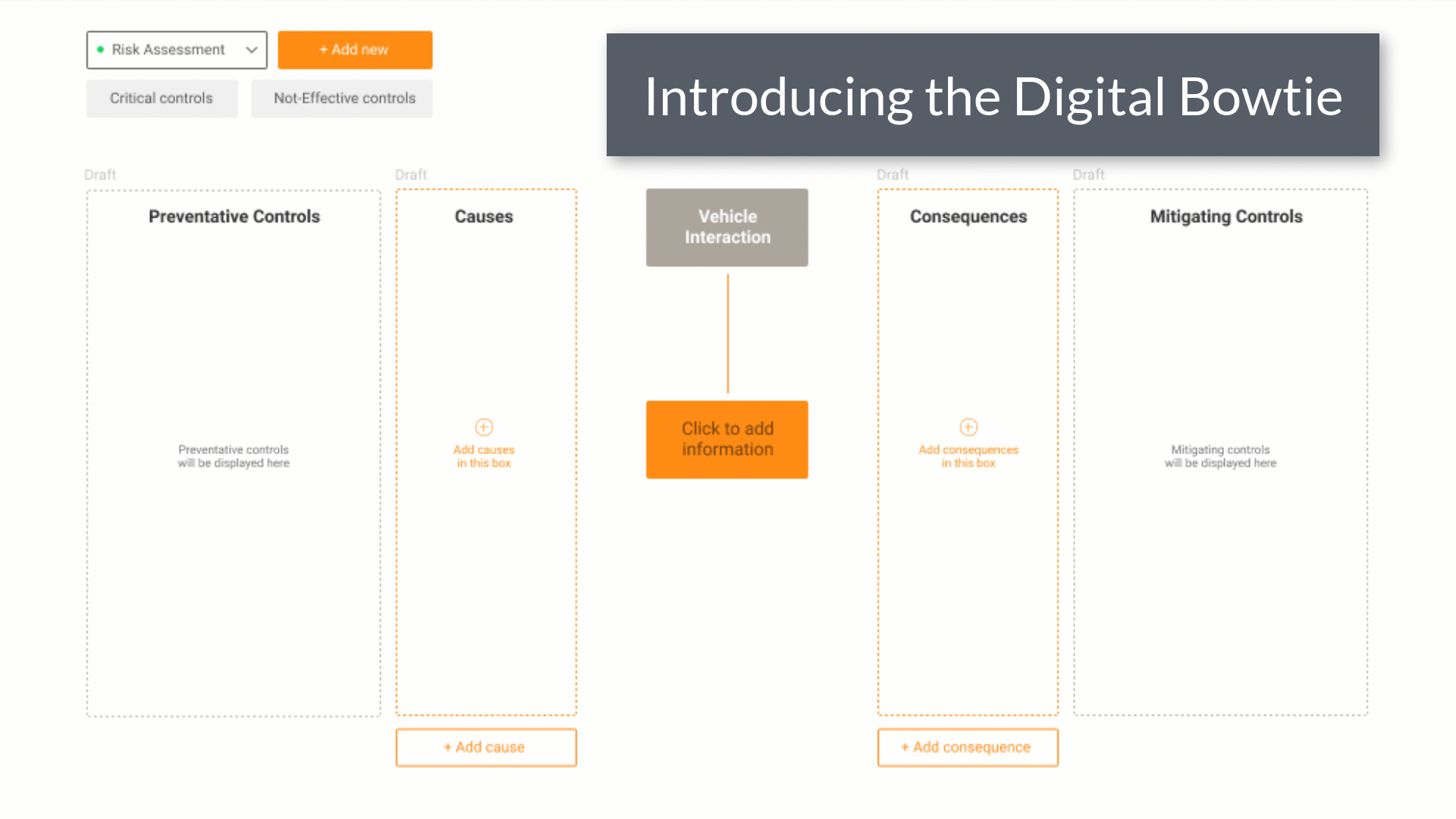USA: OSHA Sets January Deadline for Worker Vaccinations
US employers with 100 or more employees have until January 4 to ensure their workforces are fully vaccinated, after the Occupational Safety and Health Administration (OSHA) published its emergency temporary standard.|US employers with 100 or more employees have until January 4 to ensure their workforces are fully vaccinated, after the Occupational Safety and Health Administration (OSHA) published its emergency temporary standard.

US employers with 100 or more employees have until January 4 to ensure their workforces are fully vaccinated, after the Occupational Safety and Health Administration (OSHA) published its emergency temporary standard (ETS) for coronavirus in the workplace.
Under this standard, employers must develop, implement and enforce a mandatory COVID-19 vaccination policy, unless they adopt a policy requiring employees to choose to either be vaccinated or undergo regular COVID-19 testing and wear a face covering at work.
Since 2020, 750,000 people have died from the coronavirus in the USA, making it the deadliest pandemic in the nation’s history.
OSHA say many of those killed and infected by the virus were workers whose primary exposures occurred at their jobs. OSHA estimates that this rule will save thousands of lives and prevent more than 250,000 hospitalisations due to workplace exposure to COVID-19.
US Labor Secretary Marty Walsh said the nation continued to see a dangerous number of COVID-19 cases.
“We must take action to implement this emergency temporary standard to contain the virus and protect people in the workplace against the grave danger of COVID-19,” he said.
“Many businesses understand the benefits of having their workers vaccinated against COVID-19, and we expect many will be pleased to see this OSHA rule go into effect.”
The emergency temporary standard covers employers with 100 or more employees – firm or company-wide – and provides options for compliance. The ETS also requires employers to provide paid time to workers to get vaccinated and to allow for paid leave to recover from any side effects.
The ETS also requires employers to do the following:
- Determine the vaccination status of each employee, obtain acceptable proof of vaccination status from vaccinated employees and maintain records and a roster of each employee’s vaccination status.
- Require employees to provide prompt notice when they test positive for COVID-19 or receive a COVID-19 diagnosis. Employers must then remove the employee from the workplace, regardless of vaccination status; employers must not allow them to return to work until they meet required criteria.
- Ensure each worker who is not fully vaccinated is tested for COVID-19 at least weekly (if the worker is in the workplace at least once a week) or within 7 days before returning to work (if the worker is away from the workplace for a week or longer).
- Ensure that, in most circumstances, each employee who has not been fully vaccinated wears a face covering when indoors or when occupying a vehicle with another person for work purposes.
“While vaccination remains the most effective and efficient defence against COVID-19, this emergency temporary standard will protect all workers, including those who remain unvaccinated, by requiring regular testing and the use of face coverings by unvaccinated workers to prevent the spread of the virus,” said Deputy Assistant Secretary of Labor for Occupational Safety and Health Jim Frederick.
“As part of OSHA’s mission to protect the safety and health of workers, this rule will provide a roadmap to help businesses keep their workers safe.”
OSHA is offering compliance assistance to help businesses implement the standard, including a webinar, frequently asked questions and other compliance materials.
The ETS will cover two-thirds of the nation’s private-sector workforce. In the 26 states and two territories with OSHA State Plans, the ETS will also cover public sector workers employed by state and local governments, including teachers and school staff.
Leading companies, including major airlines, manufacturers and retailers, have already adopted vaccine requirements or regular testing as necessary measures to protect their workers and customers.
myosh presents The Digital Bowtie + CCM
Presented by Nigel Woodward (Senior Consultant, myosh), Adrian Manessis (Director, myosh) and Josh Bryant (Mitchell Services General Manager, People and Risk)
November 25 @ 12:30pm AEDT (Length: 60 minutes)
What’s covered?
A game-changer in critical risk management
myosh are very excited to present the game changing concept of The Digital Bowtie together with our Critical Control Management module and the Smart Inspection process.
Key takeaways:
- Learn how myosh CCM drives integrated action when controls are compromised
- Learn how The Rules Engine invokes powerful tech when controls are compromised
- Analyse risks and controls on an interactive Performance Dashboard

Contact us for a free consultation
myosh will assist you to better understand and manage workplace safety by integrating hazards and incident reporting with investigations, actions and metrics reporting. Let's discuss your workplace requirements.

